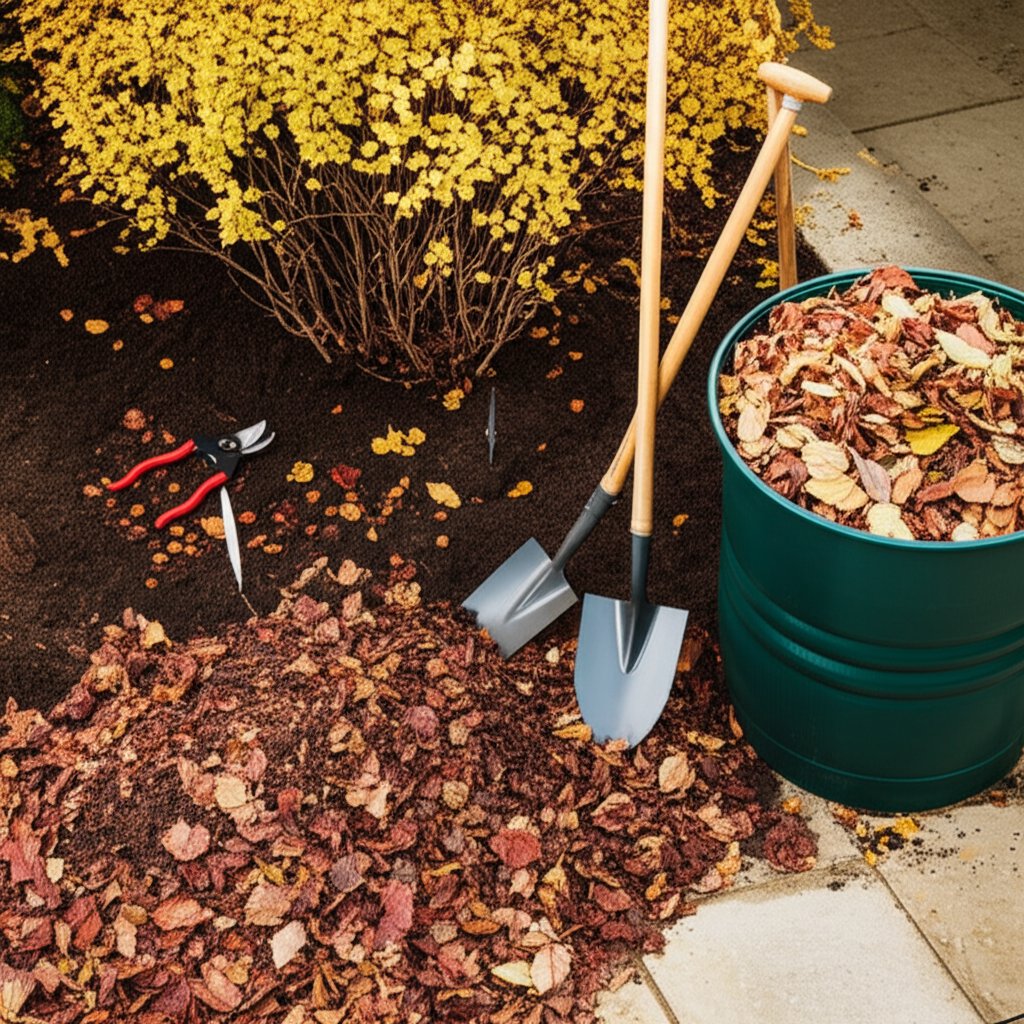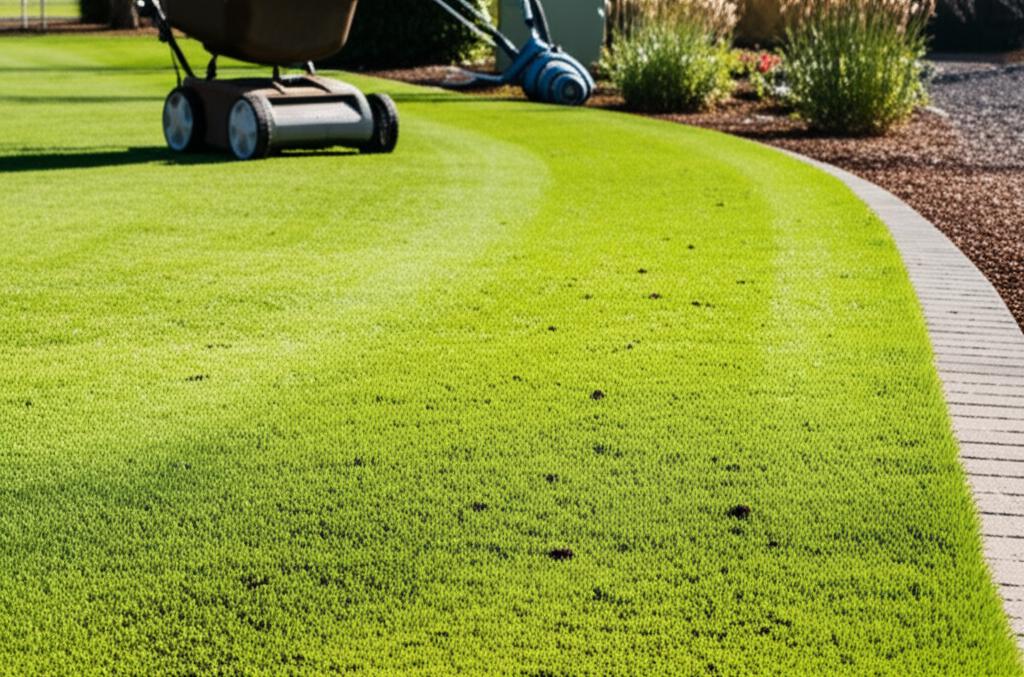- Excise broken, diseased, or crossing branches to prevent injury.
- Thin dense interior growth for better light penetration and circulation.
- Shape overgrown shrubs lightly, preserving natural form.
Refrain from major pruning on spring-blooming varieties, as this diminishes flower production. For saplings and young trees, wrap trunks in burlap or tree guards. These barriers shield against rodent damage, sunscald, and temperature swings, preserving structural development.
Plant for the Future
Fall planting leverages warm soil for root establishment while mild air temperatures minimize transplant shock. This timing allows new additions to settle securely before spring growth surges.
Select hardy species suited to your zone for optimal success.
Recommended plantings:
- Spring-blooming bulbs including tulips, daffodils, and crocuses; plant at a depth of three times the bulb height in well-drained soil.
- Deciduous shrubs and trees such as maples or viburnums; dig holes twice as wide as the root ball and water deeply after planting.
- Perennials like hostas, daylilies, and peonies; divide overcrowded clumps now for easier relocation and stronger establishment.
Anticipate the delight of early blooms and lush foliage rewarding your foresight. This investment transforms winter dormancy into a prelude to renewal.
Aerate and Reseed the Lawn
Compacted soil limits oxygen, water, and nutrient access to grass roots. Fall aeration alleviates this issue, coinciding with cool weather ideal for lawn recovery.
Follow aeration with overseeding to thicken turf and fill bare spots.
Lawn care steps:
- Core aerate the lawn using a machine that removes plugs of soil every two to three inches.
- Choose a seed variety matching your existing grass type, such as Kentucky bluegrass for cool climates.
- Spread seed at the recommended rate, then top-dress with a thin layer of compost and water consistently until germination.
These measures foster deeper roots and denser coverage, yielding a lusher lawn by spring.
Mulch and Amend Garden Beds
Mulching conserves moisture, suppresses weeds, and regulates soil temperature through winter. Fall applications prepare beds for perennial survival and spring planting.
Incorporate amendments to correct soil deficiencies identified earlier in the season.
Bed preparation tips:
- Apply two to three inches of organic mulch, such as shredded bark or leaves, around plants while keeping it away from stems.
- Test soil pH and add lime for acidity correction or sulfur for alkalinity, based on plant needs.
- Till in slow-release fertilizers sparingly to avoid root burn in cold months.
Well-mulched beds reduce erosion and nurture microbial activity, ensuring fertile ground for new growth.
Compost for Lasting Benefits
Composting recycles yard waste into a potent soil enhancer. Fall's bounty of organic materials accelerates the process, providing spring-ready amendments.
Maintain balance in your compost to promote efficient breakdown.
Compost essentials:
- Layer green materials, including fresh grass clippings and kitchen vegetable scraps, for nitrogen.
- Balance with browns such as dry leaves, pine needles, and twigs for carbon.
- Maintain moisture like a wrung-out sponge and aerate weekly by turning the pile.
A mature compost pile yields humus-rich matter that boosts soil structure and plant vigor without synthetic inputs.
Maintain Hardscapes and Tools
Hardscapes like patios, walkways, and fences withstand seasonal shifts but benefit from fall inspections. Cleaning now prevents winter damage and eases spring maintenance.
Store tools properly to extend their lifespan.
Hardscape and tool care:
- Pressure wash surfaces to remove algae and debris; seal stone or wood elements for protection.
- Inspect fences and structures for loose fittings, repairing as needed to resist freeze-thaw cycles.
- Clean, sharpen, and oil tools; store in a dry area to prevent rust.
These routines preserve your landscape's infrastructure, supporting overall functionality.
Building a Resilient Landscape
Fall tasks demand effort yet deliver enduring returns through healthier plants and reduced future labor. View each action as a contribution to an ecosystem that sustains itself.
Gardening thrives on consistent, informed practices rather than hurried completions. Your current investments cultivate a space that inspires and simplifies outdoor living.
Prioritize tasks based on your yard's needs. The cumulative impact manifests in vibrant greenery, robust blooms, and a profound connection to your environment.

